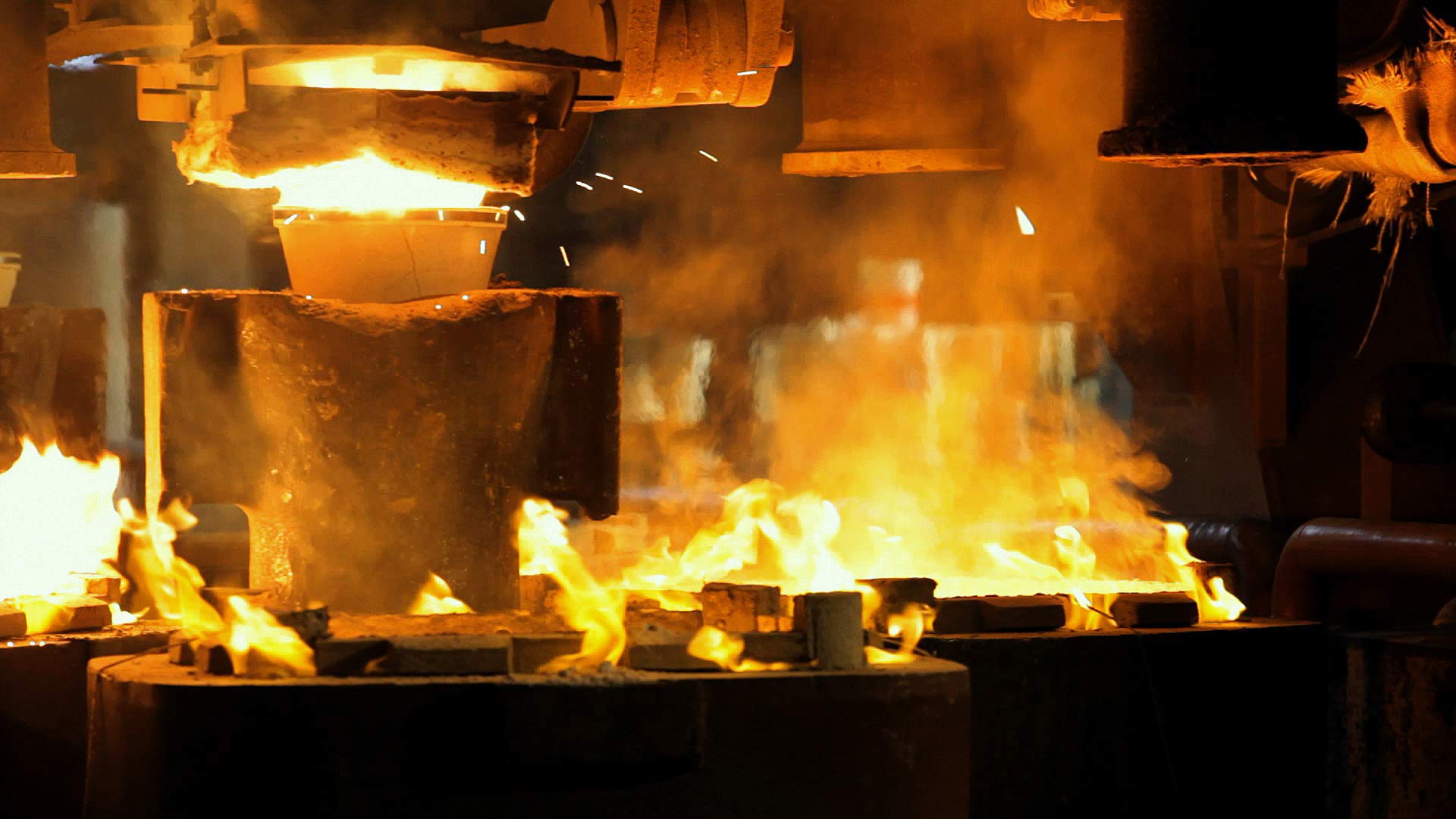Choose the measure unit in which display the data:
Valbruna Grade
MG3/1
Steel type
Ferritic Soft Magnetic Steel
Description of material
MG3/1 is a free machining ferritic stainless steel with Molybdenum, stabilized with Niobium.
Applications
Typical applications of MG3/1 are devices of low chloride content fresh water, many organic chemicals and inorganic compounds, atmospheric corrosion, as well as many products used in chemical processes, rural applications and pump shafts. Further applications of this grade are solenoid valves, pole pieces, magnetic cores, electromagnetic pumps and devices, fuel injections components, electromagnetic switches and relays, antilock brake systems, sensors in automotive applications, actuators and fuel pumps. MG3/1 ,as most of ferritic stainless steel grades, suffers of sub-zero embrittlement in cryogenic applications.
Corrosion resistance
Even though the Molybdenum content of MG3/1 is able to reduce or avoid pitting corrosion, extending the range of its applications and Niobium Carbides inhibit the precipitation of Cr-carbides on the grain boundaries also in case of welding, it is important to know that, as with all free machining grades, Sulphur is added to improve machinability and the formation of MnS inclusions could prime points of pitting if exposed to some corrosive environments. MG3/1 has a good resistance to mildly chemically corrosive environments such as crude oil, gasoline, alcohol, some beverages, urban-rural atmospheres and fresh water. This grade, when compared to free machining austenitic stainless steel, offers a better stress corrosion cracking resistance. It should be noted that this grade, as for every kind of stainless steel, surfaces should be free of contaminant and scale, heat tint, and passivated for optimum resistance to corrosion.
Cold working
This grade is not suitable for cold heading and up-setting due to embrittlement effect of the Sulphur content and has not been specifically designed for cold forming and is usually supplied as cold finished round, hexagonal and square bars for machining processes. This grade cannot be heavy cold deformed.
Machinability
MG3/1 has a good machinability typical of all Ferritic free machined grades .Productivity gain depends on types of machines, the kind of tools used and their geometry, cutting fluids and the kind of machine operations on the pieces produced. It is important to point out that MG3/1 in case of a soft magnetic annealing condition, could have a low hardness. This kind of structure influences the surface finish (roughness) and the chip morphology. Within certain limits, a little bit harder structure typical of annealing + cold finishing (such as cold drawing) offers advantages in some machine operations and better surface roughness.
Weldability
MG3/1, as with other free machining grades with a high Sulphur content, is not recommended for welding because the fused zone tends to form porosity. In any case, low heat inputs and low welding powers with parent filler metal should be used. Autogenous high energy welding shouldn’t form any martensitic structure in fused zone thanks to the low content of Carbon and Nitrogen of MG3/1. PWHT could also be avoided in certain cases. To avoid a ductility decrease in the weld, shielding gases such as Hydrogen and Nitrogen must not be used. Argon and Helium are the preferred choices.
Hot working
MG3/1 has not been designed for hot working and is usually supplied as cold finished round, hexagonal and square bars for machining processes. It’s important to know that all free machining grades have a poor hot plasticity and this characteristic must be well evaluated in forging processes. Large blooms and ingots may require a suitable preheating to avoid cracks and an air cooling after forging. Overheating must always avoid in order to reduces the risk of internal bursts and a structure with large coarse grains. An annealing after forging should be always perform in order to restore both corrosion resistance and enhance the ductility.
Designations
| W.N. | 1.4114 |
|---|

